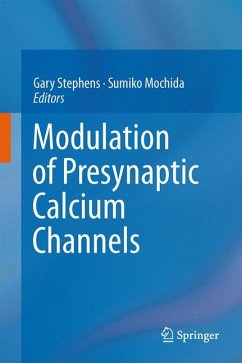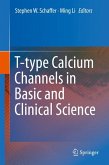This book reviews and discusses the following topics:
- The fundamental role of the VGCC pore-forming CaVa subunit, and some of their binding partners, in presynaptic function and synaptic plasticity.
- Modulation of presynaptic CaVa subunits by auxiliary CaVb and a2d subunits and by their major interaction partners, such as active zone scaffolding proteins, synaptic proteins, G proteins and small GTPases, which, together, contribute to the VGCC proteome.
- Work at the cutting edge of research, including how direct electrophysiology recordings from presynaptic terminals and introduction of synthetic CaVa peptides into presynaptic terminals has expanded our knowledge of VGCC function.
- Evidence emerging over the last decade demonstrating that VGCC subunits represent bona fide molecular targets for therapeutic drug discovery. This development is illustrated by the introduction of the CaV2.2 blocker ziconotide, which represents an important proof-of-concept, but is best exemplified by the emergence of gabapentinoids, which bind the VGCC auxiliary a2d subunit, as first-line treatments for chronic neuropathic pain.
Throughout,chapters are accompanied with illustrative Tables and Figure providing a useful and comprehensive summary of the current state-of-play in this area of significant therapeutic interest. Work described here also provides a solid basis for future research in this important area.
Dieser Download kann aus rechtlichen Gründen nur mit Rechnungsadresse in A, B, BG, CY, CZ, D, DK, EW, E, FIN, F, GR, HR, H, IRL, I, LT, L, LR, M, NL, PL, P, R, S, SLO, SK ausgeliefert werden.









